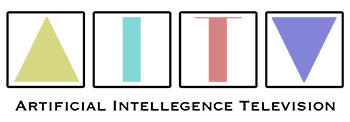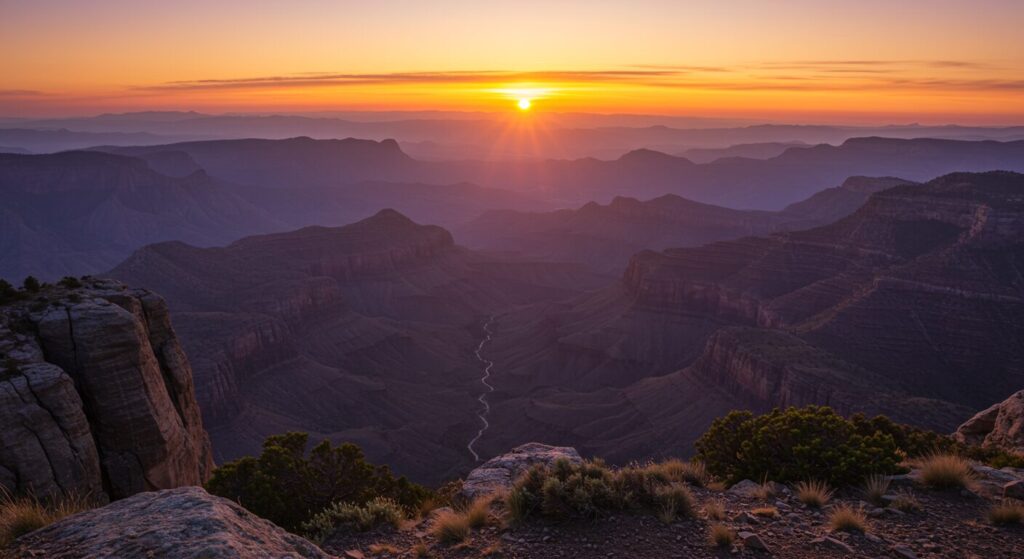The world of AI-powered content creation is moving at a breakneck pace, and nowhere is this more evident than in the realm of video generation. For a while, a handful of impressive tools have captured our imaginations, showcasing the potential to turn text and images into moving pictures. But a new contender has stepped decisively into the spotlight, and it’s poised to redefine the entire landscape: Google’s Veo.
While models like OpenAI’s Sora, Runway, and Pika have all made significant strides and deserve credit for their innovations, Google’s Veo, particularly with its latest advancements, is demonstrating a combination of capabilities that arguably places it ahead of the pack. Let’s dive into why Veo isn’t just another player, but a potential game-changer.
Unprecedented Control and Cinematic Understanding
One of Veo’s most lauded strengths lies in its sophisticated understanding of cinematic language and its ability to translate nuanced prompts into high-fidelity video. Users are reporting that Veo (currently available up to Veo 3) excels at:
- Advanced Prompt Adherence: Veo demonstrates a remarkable ability to understand and execute complex prompts, including specific camera movements (like “drone shot,” “pan,” or “dolly zoom”), lighting styles (“golden hour,” “moody neon”), and even abstract emotional tones. This level of granular control allows creators to achieve a vision that was previously difficult with AI video tools.
- High-Definition Output: Veo is engineered to produce high-resolution video (up to 1080p, with mentions of 4K capabilities for certain versions/integrations), a crucial factor for professional and polished outputs. This often surpasses the resolution limitations seen in some competing models.
- Consistency and Coherence: A significant challenge in AI video generation has been maintaining consistency of characters, objects, and environments across multiple shots or longer sequences. Veo is showing marked improvement in this area, leading to more believable and coherent narratives.
- Realistic Motion and Physics: Early AI videos often suffered from unnatural or “floaty” movements. Veo appears to have a more robust grasp of real-world physics and motion, resulting in more grounded and believable animations and character interactions.
The Power of Integration and Multimodality
Google’s ecosystem provides Veo with a powerful advantage. The integration with other Google AI tools, like Imagen for image generation and Gemini for advanced language understanding, creates a more seamless and potent workflow.
- Text-to-Video, Image-to-Video, and Video-to-Video: Veo isn’t limited to just text prompts. It can generate video from still images and even edit or extend existing video footage based on new prompts, offering a versatile toolkit for creators.
- Introducing Synchronized Audio and Dialogue (Veo 3): A groundbreaking development, particularly highlighted with Veo 3, is its ability to generate video with synchronized audio, including ambient sounds, music, and even dialogue with lip-sync. This is a significant leap, as other leading models often require separate audio generation and painstaking synchronization in post-production. This native audio capability dramatically streamlines the creative process and opens up new possibilities for storytelling.
Head-to-Head: Where Veo Shines
When compared to its esteemed competitors, Veo’s advantages become clearer:
- Vs. OpenAI’s Sora: While Sora has impressed with its ability to generate longer, imaginative, and often surreal scenes, Veo, especially Veo 3, seems to be pushing ahead in terms of prompt accuracy for specific cinematic styles, overall output quality (potentially higher resolution in accessible versions), and critically, the integrated audio generation. Some comparisons suggest Sora might excel in certain types of physics simulation, but Veo’s holistic approach to filmmaking elements, including sound, gives it a distinct edge for practical video production.
- Vs. Runway: Runway has been a pioneer with its Gen models, offering strong editing capabilities and creative effects. However, Veo appears to be leading in the raw quality and coherence of its generated footage from initial prompts and its advanced understanding of cinematic language. The introduction of Flow, Google’s AI filmmaking interface powered by Veo, suggests a focus on a more comprehensive and intuitive user experience for complex video creation that could rival Runway’s established tools.
- Vs. Pika Labs: Pika has gained popularity for its accessibility and creative tools, particularly for shorter clips and stylistic transformations. Veo, however, seems to be aiming for a higher bar in terms of photorealism, complex scene generation, and the integration of multiple filmmaking elements like precise camera control and synchronized audio, positioning it more towards professional and detailed video projects.
Real-World Implications and the Road Ahead
The capabilities demonstrated by Veo have profound implications for filmmakers, marketers, educators, and content creators of all stripes. The ability to rapidly prototype complex scenes, generate bespoke B-roll, create entire animated sequences, or even draft full short films with synchronized audio directly from prompts is a paradigm shift.
Of course, no technology is without its challenges. Consistency in very long or highly complex sequences, the nuances of human emotion, and ethical considerations around deepfakes and misinformation remain areas of ongoing development and concern for all AI video generators, Veo included. Google has stated its commitment to responsible AI development, including tools like SynthID for watermarking AI-generated content.
Conclusion: A New Benchmark
Google’s Veo, with its impressive grasp of cinematic language, high-fidelity output, developing coherence, and the game-changing introduction of synchronized audio generation in its latest iterations, is not just keeping pace; it’s setting a new benchmark. While the field of AI video generation is incredibly dynamic and other models will undoubtedly continue to evolve, Veo’s current trajectory and feature set strongly suggest that it is the tool to watch – and the one that currently “beats all others” in the race to truly democratize and revolutionize video creation. The future of video is being written in prompts, and Veo is holding a very powerful pen.
Find more AI news here at AITV.



